On the morning of October 30, 1939, U-boat commander Wilhelm Zahn brought his ship to periscope depth to scan the horizon for a target. According to German war records, U-56 was operating off the north coast of England, just west of the Orkneys. Soon, Zahn encountered several Royal Navy ships, including HMS Nelson and HMS Rodney, the two flagship battleships of the British Fleet at the time.
Just two weeks earlier, another U-boat had successfully sunk the battleship HMS Royal Oak, anchored in Scapa Flow in Orkney, killing more than 800 men. The daring attack had made the reputation of its commander, Günther Prien, who became the first German submarine officer to be awarded the Knight's Cross.
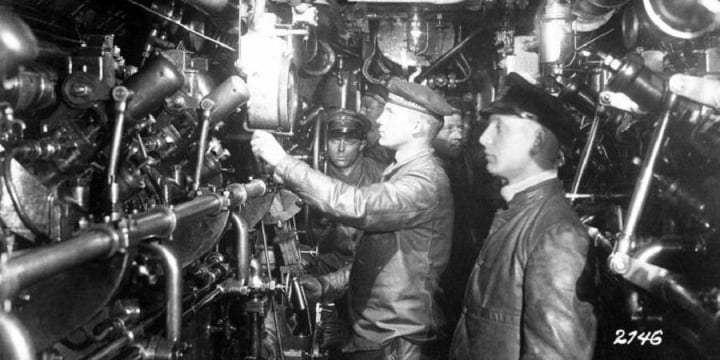
The engine room of a U-Boat submarine.
German Opportunity
Now Zahn had a similar opportunity to strike a devastating blow to British naval power and morale that could have handed Germany a major victory early in the war. But the 29-year-old commander had no idea that one of the targets in the submarine’s sights was far more valuable than Zahn could have imagined.
British Prime Minister Winston Churchill was on board the Nelson at the time, and he called a meeting with the Royal Navy leadership to discuss the earlier sinking of the Royal Oak.
Also present at the meeting were Admiral Charles Forbes and many other senior generals and top military experts from the government. The number of British warships protecting the area also included 11 destroyers.
Some experts consider it a miracle that Zahn managed to lead the U-56 to such an important target without being detected.
At first, the German submarine's chances of attacking seemed slim as the battleships were heading straight for the ship's position. However, fate smiled on him again when the British ships suddenly changed course by 20-30 degrees, bringing them into direct range of the submarine.
The first ship to come into Zahn's sight was the battleship Rodney, leading the British formation. The German commander decided to let it pass and focused on the next battleship, the Nelson.
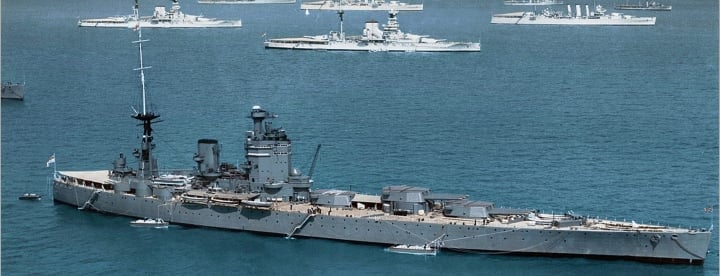
Battleship HMS Nelson.
At a distance of only 800 meters, the U-boat's chances of hitting its target were very high. " As an ideal setup, the torpedo propeller rotated smoothly, like in a shooting practice session ," Zahn later shared.
As the three torpedoes headed toward the Nelson, the men in the U-boat listened for the sound of underwater explosions. But there were no sounds. Instead, a sonar operator on U-56 heard two of the torpedoes hit the Nelson but failed to explode.
The third mine remains unexplained, with some suggesting it also struck the British warship but failed to detonate, while others believe it missed its target and exploded elsewhere. The failed attack alerted the sailors on board the Nelson to the dangers lurking underwater.
With the element of surprise gone, Zahn ordered his submarine to dive deeper to avoid detection by the battleships. U-56 sailed deep into the North Sea, in what, if successful, could have been a game-changing moment on the chessboard of World War II.
For hours after the attack, the missed opportunity weighed so heavily on Zahn's mind that he did not immediately report the incident to U-boat Command. It was not until that evening, after he had ordered the U-boat to surface, that headquarters learned of it.
Luck was on the British side.
Luck was clearly on the British side that day, as Zahn had delayed reporting the incident, and Karl Donitz—now rear admiral in charge of U-boat forces—could have sent U-58, which was operating nearby, to continue the attack.
The Germans later learned of the British Prime Minister's presence on the Nelson, which further increased Zahn's popularity with his colleagues. This missed opportunity left him deeply depressed, and Admiral Donitz eventually relieved Zahn of his command of the U-56. The young commander then returned to Germany to temporarily take up training duties.
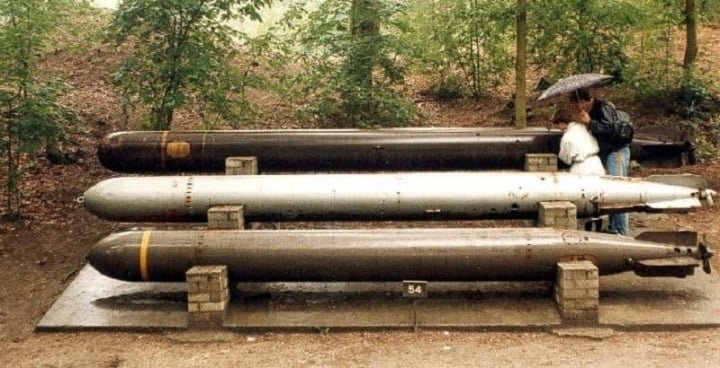
G7e(TII) Torpedo.
In his autobiography, “ Memoirs: Ten Years and Twenty Days ,” Donitz described the attack as a “particularly serious failure” but he refused to criticize Zahn, saying he had “ attacked with great daring ” and that “ there was no way to blame him .”
German submarine command had been informed of technical faults with the G7e(TII) torpedoes being used by submarines at the time and Donitz knew that this weapon was the cause of the incident.
Two years later, on October 30, 1941, Zahn returned to combat, this time taking command of U-69. This was a short and unsuccessful period for Zahn, who failed to sink any Allied ships during this time.
More than four years later, on January 30, 1945, Zahn was now a senior officer on the Wilhelm Gustloff, a military transport ship tasked with evacuating German civilians and soldiers from Eastern Europe as the Red Army advanced.
Zahn vehemently objected to the course and speed the ship's captain had planned. His objections did not prevent the ship from being sunk by a Soviet submarine, resulting in the loss of more than 9,000 lives. It was the largest loss of life in a shipwreck in naval history, nearly six times that of the Titanic.
Zahn and the captain of the Wilhelm Gustloff survived the sinking. An official inquiry was held and Zahn was ordered to testify before the board of inquiry, but Germany collapsed before the truth of the matter was known.
After the incident of the British Prime Minister's ship being hit and the worst maritime disaster ever, Wilhelm Zahn's life was uneventful. He returned home and lived a normal life. He passed away on November 14, 1976, at the age of 66.
Le Hung (Source: The History)
Useful
Emotion
Creative
Unique
Source





![[Photo] Phu Quoc: Propagating IUU prevention and control to the people](https://vstatic.vietnam.vn/vietnam/resource/IMAGE/2025/8/24/f32e51cca8bf4ebc9899accf59353d90)
![[Photo] Party and State leaders meet with representatives of all walks of life](https://vstatic.vietnam.vn/vietnam/resource/IMAGE/2025/8/24/66adc175d6ec402d90093f0a6764225b)





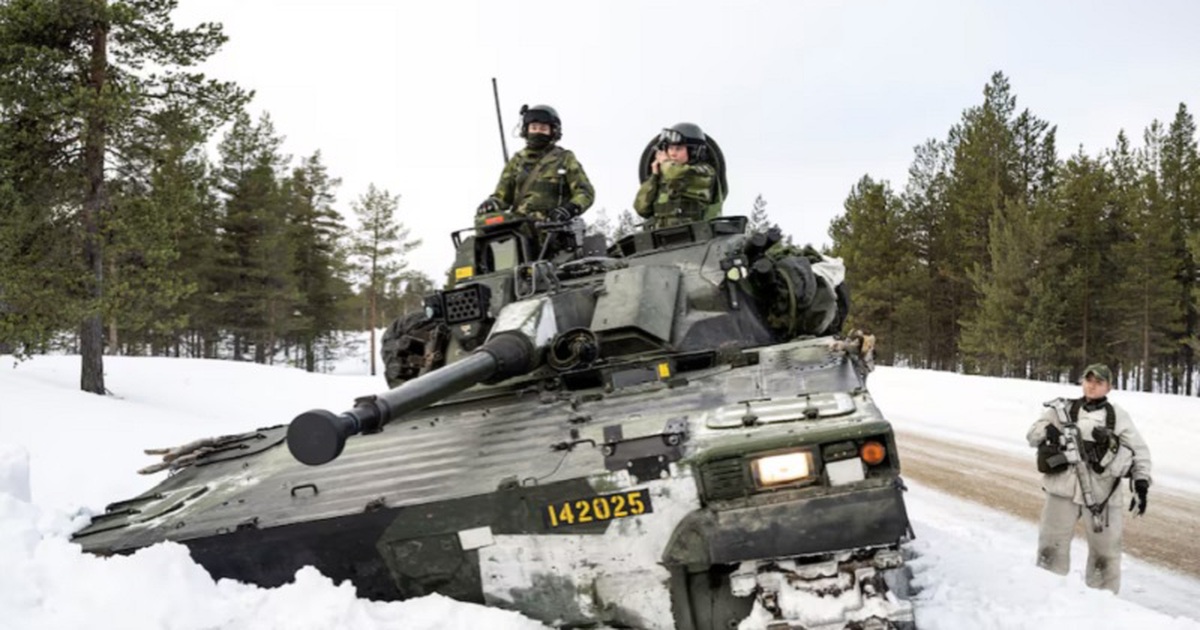
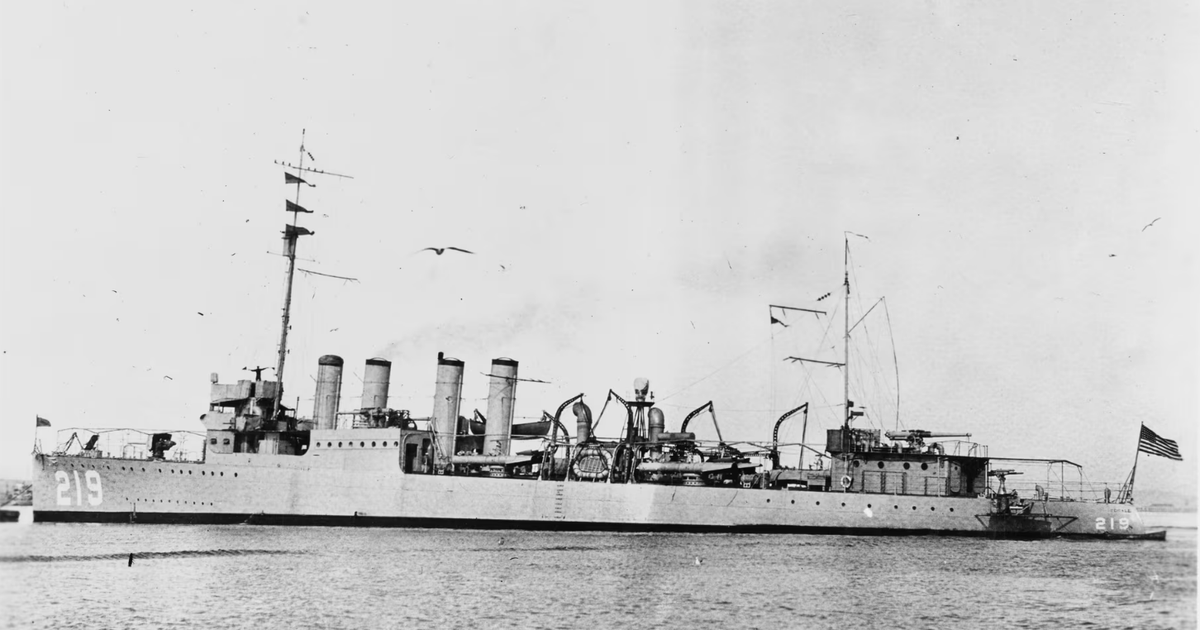





















































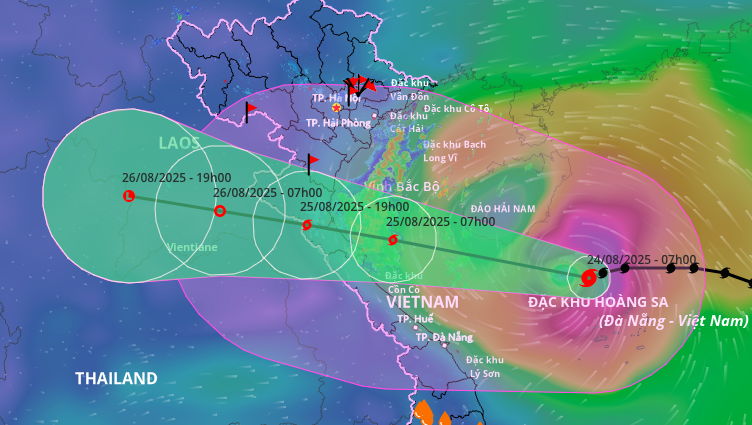




































Comment (0)